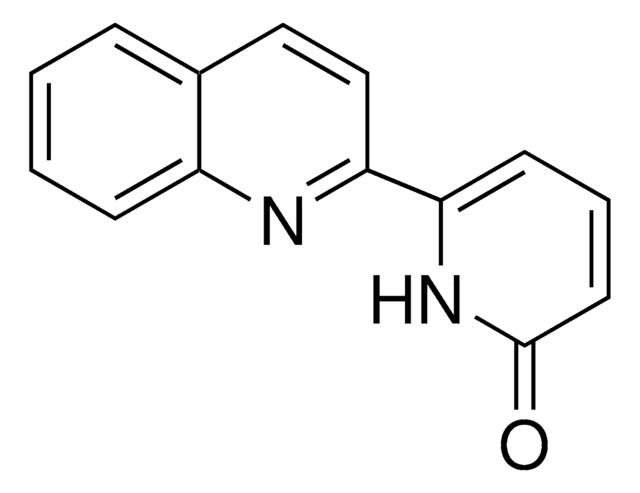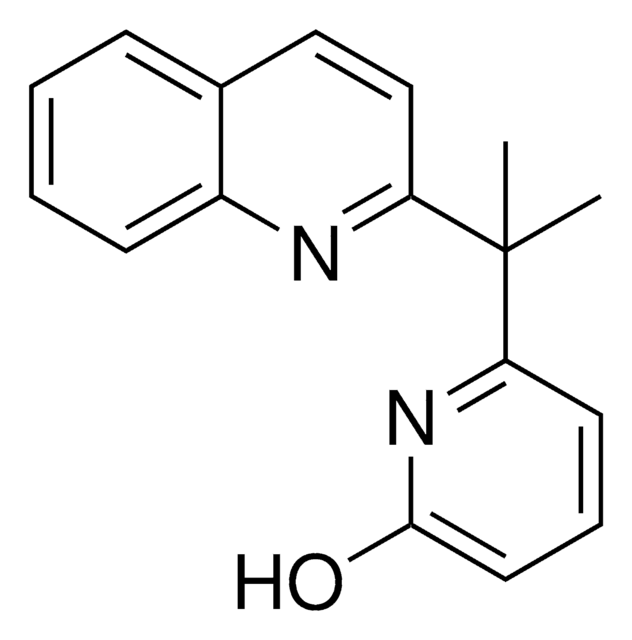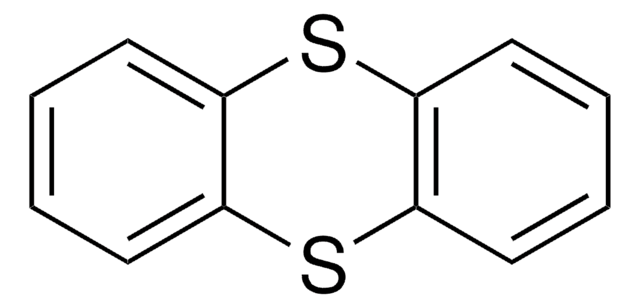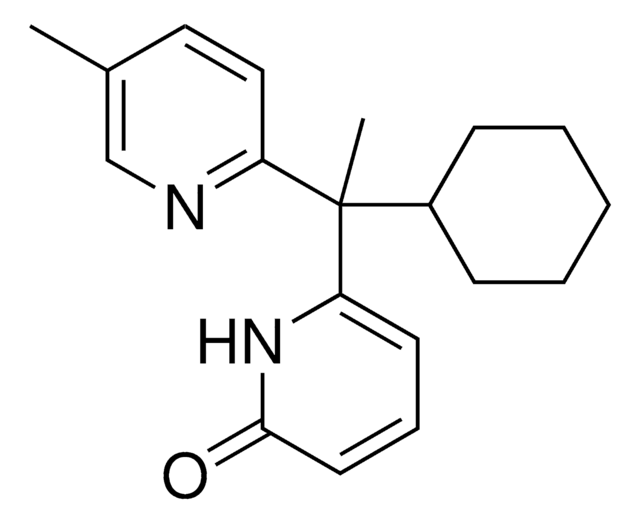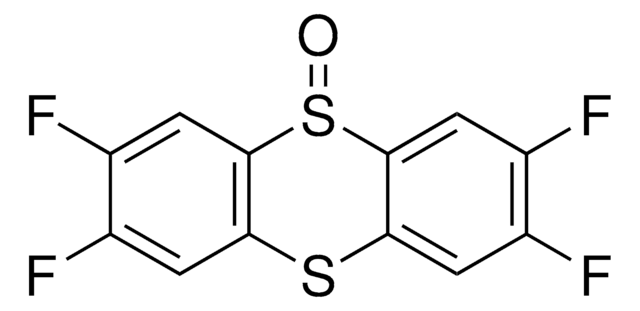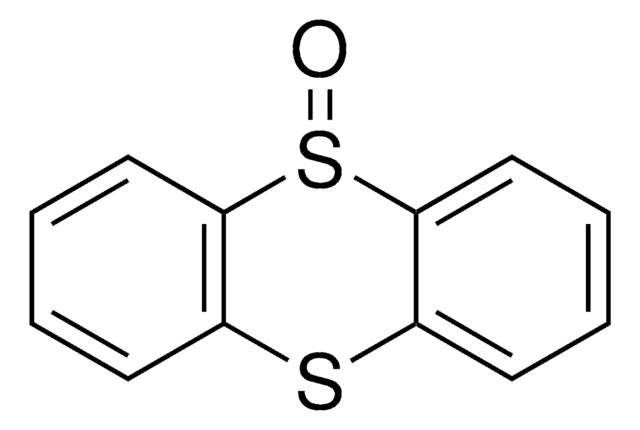ALD00627
6-(2-(5-chloropyridin-2-yl)-1-phenylpropan-2-yl)pyridin-2-ol
Se connecterpour consulter vos tarifs contractuels et ceux de votre entreprise/organisme
About This Item
Formule empirique (notation de Hill):
C19H17ClN2O
Poids moléculaire :
324.80
Code UNSPSC :
12352100
Nomenclature NACRES :
NA.21
Produits recommandés
Application
This ligand was developed by the Yu lab to enable the Pd-catalyzed dehydrogenation of aliphatic carboxylic acids through a typically challenging activation of the β-methylene C-H bond. This method is chemoselective to carboxylic acids even in the presence of other enolizable functional groups, and may also viably utilize molecular oxygen as the terminal oxidant for the transformation.
Code de la classe de stockage
11 - Combustible Solids
Classe de danger pour l'eau (WGK)
WGK 3
Point d'éclair (°F)
Not applicable
Point d'éclair (°C)
Not applicable
Certificats d'analyse (COA)
Recherchez un Certificats d'analyse (COA) en saisissant le numéro de lot du produit. Les numéros de lot figurent sur l'étiquette du produit après les mots "Lot" ou "Batch".
Déjà en possession de ce produit ?
Retrouvez la documentation relative aux produits que vous avez récemment achetés dans la Bibliothèque de documents.
Zhen Wang et al.
Science (New York, N.Y.), 374(6572), 1281-1285 (2021-11-12)
Dehydrogenative transformations of alkyl chains to alkenes through methylene carbon-hydrogen (C–H) activation remain a substantial challenge. We report two classes of pyridine-pyridone ligands that enable divergent dehydrogenation reactions through palladium-catalyzed β-methylene C–H activation of carboxylic acids, leading to the direct
Zhen Li et al.
Science (New York, N.Y.), 372(6549), 1452-1457 (2021-11-30)
Hydroxylation of aryl carbon-hydrogen bonds with transition metal catalysts has proven challenging when oxygen is used as the oxidant. Here, we report a palladium complex bearing a bidentate pyridine/pyridone ligand that efficiently catalyzes this reaction at ring positions adjacent to
Notre équipe de scientifiques dispose d'une expérience dans tous les secteurs de la recherche, notamment en sciences de la vie, science des matériaux, synthèse chimique, chromatographie, analyse et dans de nombreux autres domaines..
Contacter notre Service technique